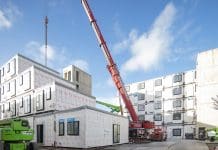Construction professionals need to recognise the hazards that remediation and repair works create, as Peter Wilkinson and Neil Gibbins, lead fire experts for CROSS-UK, explain
In the early hours of last Monday, a fire broke out at the Spectrum Building in Dagenham, East London. Remediation works had been under way to remove non-compliant cladding on the block of flats and scaffolding had been erected. London Fire Brigade has also stated the building had a “number of fire safety issues” known to officials.
Fortunately, no one was killed or seriously injured in the blaze, but over 80 residents had to be evacuated. Many of them have now lost their homes and personal belongings, and it could be said that it was the swift actions of LFB that prevented the outcome being more grave.
While the cause is still under investigation, since the fire much of the focus has, understandably, been on the slow progress of the programme of post-Grenfell remediation work across the UK.
The site of the Dagenham fire was undergoing cladding remediation works
According to government figures, only 29% out of the 4,613 residential buildings identified with unsafe cladding have had their remediation works fully completed. Worst still, a staggering 50% (2331) of them have not had any work started on them at all.
On Tuesday, Dame Judith Hackitt, who led a review on building safety after the Grenfell Tower fire, called the need to replace cladding “urgent”. This was echoed by deputy PM Angela Rayner who, on a visit to Dagenham said that the removal of cladding had been “too slow” and “we need to hurry up”.
CROSS-UK (the confidential scheme for fire and structural safety reporting, owned by the Institution of Structural Engineers and the Institution of Civil Engineers) welcomes such statements. The removal of potentially dangerous cladding needs to be prioritized.
However, equally, while we need to “hurry up” remediation work, we as an industry also need to “hurry up” our culture change.
As part of this change, construction professionals should recognise the new hazards that remediation works create. Indeed, while remediation and repair works are going on, the risk to life is arguably greater than before they started.
Most buildings remain occupied during the remediation phase. This was true for the residents of the Spectrum Building, who continued to live in their flats whilst work was ongoing.
Such works often introduce new sources of ignition, possibly through hot works. The process of removing cladding can expose insulation. Such works can also introduce other aspects to the facade, such as timber-planked scaffolding and/or weather sheeting. Furthermore, such works will often compromise the fire safety systems installed within the building, for example, corridor smoke vents which may discharge into areas which are going to be scaffolded.
Questions have been raised about fire safety during repair works on high rise buildings
A real-life example of such a situation, can be found in a Report CROSS published in August last year. In it, an anonymous reporter describes how on a site visit to a high-rise residential premise undergoing remediation, they noticed evidence that suggested that combustible insulation had ignited during the work. Earlier that year, CROSS published another, unconnected report about the potential risks from scaffolding in spreading fire. An unnamed reporter told how they were concerned that the construction industry was not appropriately assessing the fire risks on scaffolding on in-use buildings.
The investigation into the fire in Dagenham is still ongoing. We don’t know yet if this fire could have been prevented if those involved had read and acted on published CROSS reports.
What we do know is that there is little evidence that the culture in the industry has changed sufficiently since Grenfell. CROSS and others have provided tools to help all those involved in building safety to share learning, to work collaboratively and to make buildings safer. It is now down to all the players to get involved, read and submit their own reports to CROSS, and do the right thing.


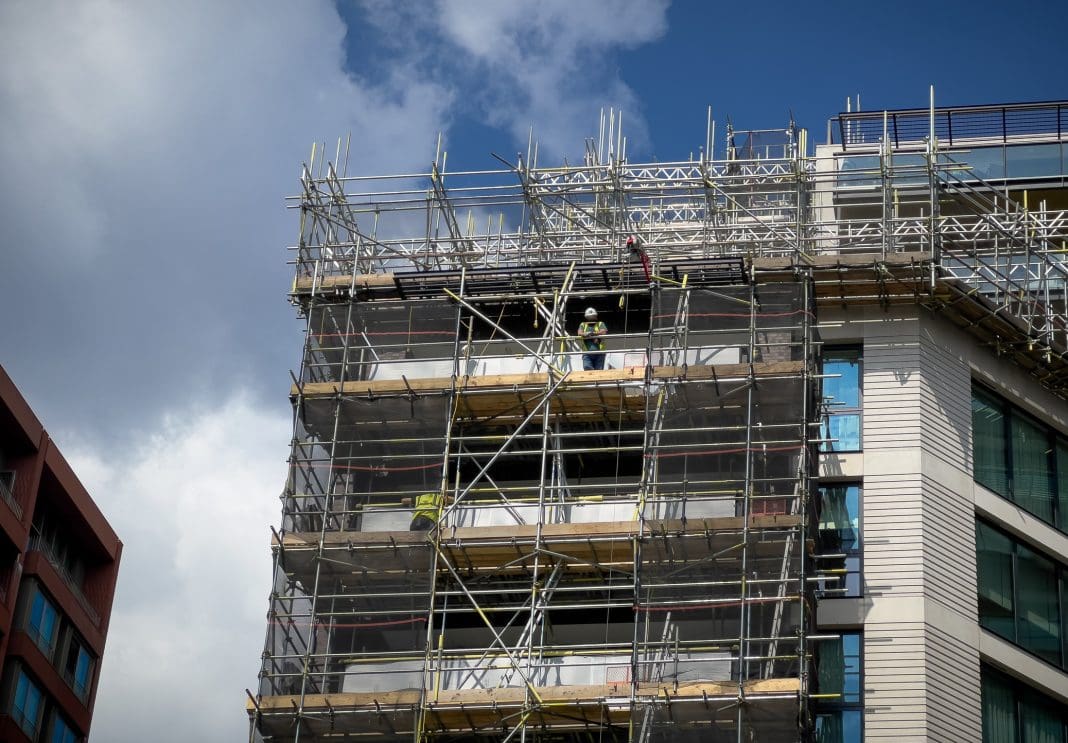
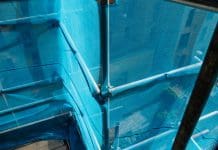


![[Video] Enhancing safety with fire doors: A case study of Marina Care Home](https://www.pbctoday.co.uk/news/wp-content/uploads/2025/06/maxresdefault-218x150.jpg)

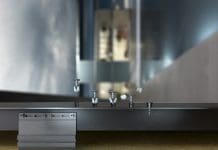



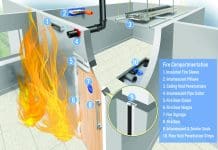
![[VIDEO] Making DorTrak reports easy to read with Fireco Inspecting fire doors at Fireco, firedoor technology, 2023](https://www.pbctoday.co.uk/news/wp-content/uploads/2024/04/JPZ_2364-web-218x150.jpg)
